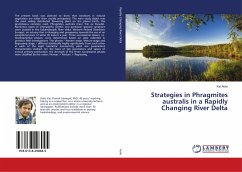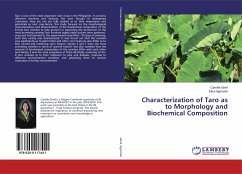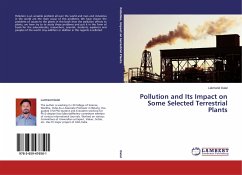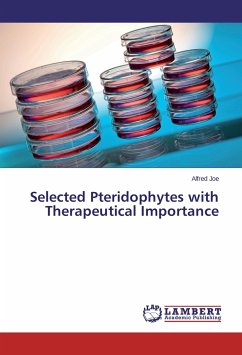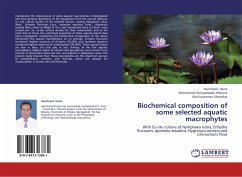
Biochemical composition of some selected aquatic macrophytes
With Ex-situ culture of Nymphaea rubra, Enhydra fluctuans, Ipomoea aquatica, Hygroryza aristata and Limnocharis flava
Versandkostenfrei!
Versandfertig in 6-10 Tagen
32,99 €
inkl. MwSt.

PAYBACK Punkte
16 °P sammeln!
Considering the imporatance of some aquatic macrophytes in Bangladesh and their gradual declination of the population from the natural habitats, ex- situ culture studies of five selected species, namely, Nymphaea rubra Roxb., Enhydra fluctuans Lour., Ipomoea aquatica Forsk., Hygroryza aristata (Retz.) Nees ex Wight & Arn. and Limnocharis flava (L.) Buch. were carried out. So, ex-situ culture studies for their conservation and at the same time to know the nutritional properties of these aquatic plants have been investigated. Comparing the biochemical composition of the above mentioned five aqua...
Considering the imporatance of some aquatic macrophytes in Bangladesh and their gradual declination of the population from the natural habitats, ex- situ culture studies of five selected species, namely, Nymphaea rubra Roxb., Enhydra fluctuans Lour., Ipomoea aquatica Forsk., Hygroryza aristata (Retz.) Nees ex Wight & Arn. and Limnocharis flava (L.) Buch. were carried out. So, ex-situ culture studies for their conservation and at the same time to know the nutritional properties of these aquatic plants have been investigated. Comparing the biochemical composition of the above mentioned five aquatic macrophytes, on an average, Enhydra fluctuans contained highest amounts of proteins (18.20%) and Ipomoea aquatica contained highest amounts of carbohydrate (58.60%). These aquatic plants are low in fiber, fat and also in ash. Among all the five aquatic macrophytes, highest values of calcium and phosphorus were found to be present in Limnocharis flava and iron was highest in Nymphaea rubra. The present study showed that, these macrophytes are the important sources of carbohydrates, proteins, and minerals, which are suitable for incorporation in human diet and feed also.




